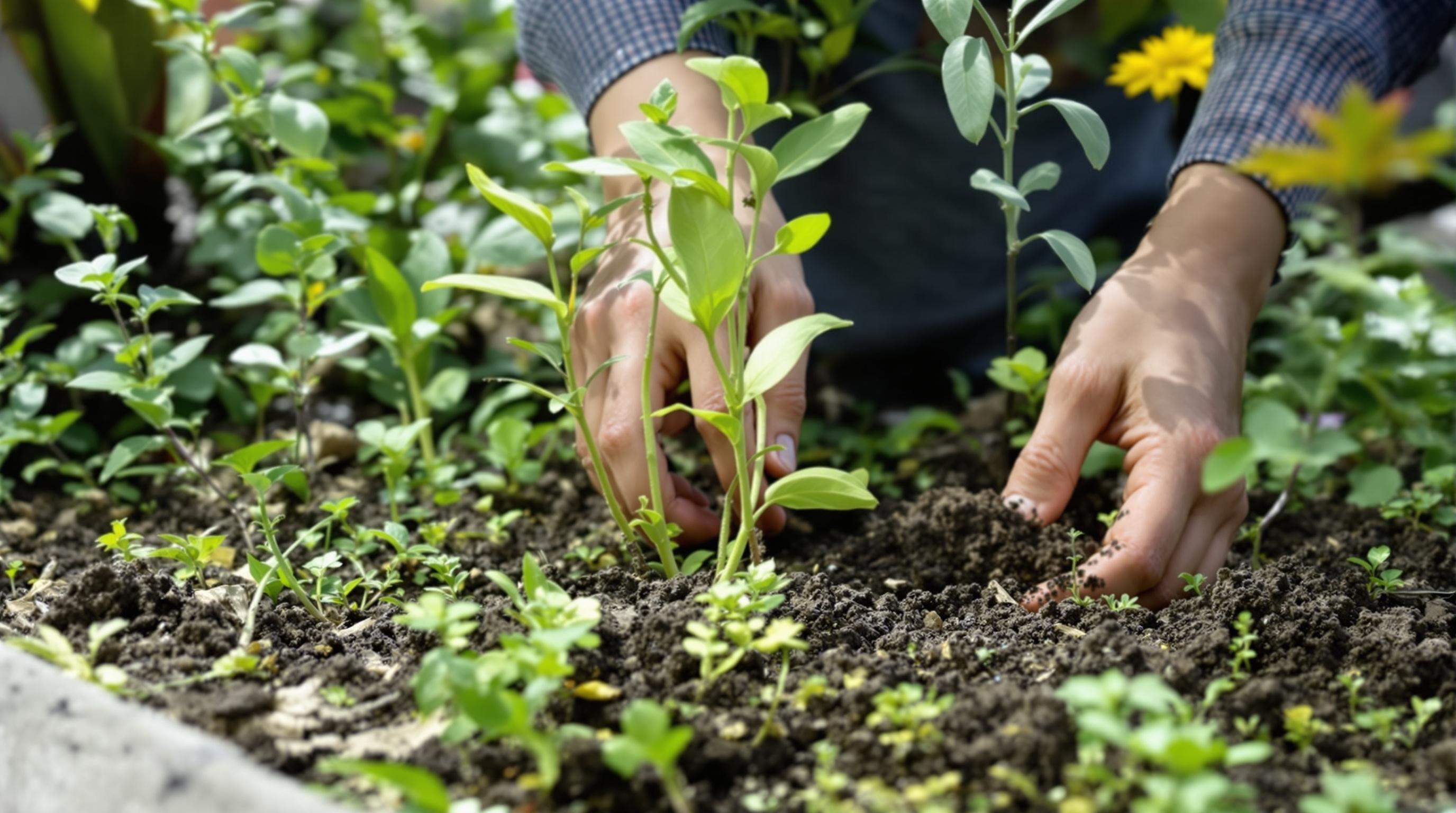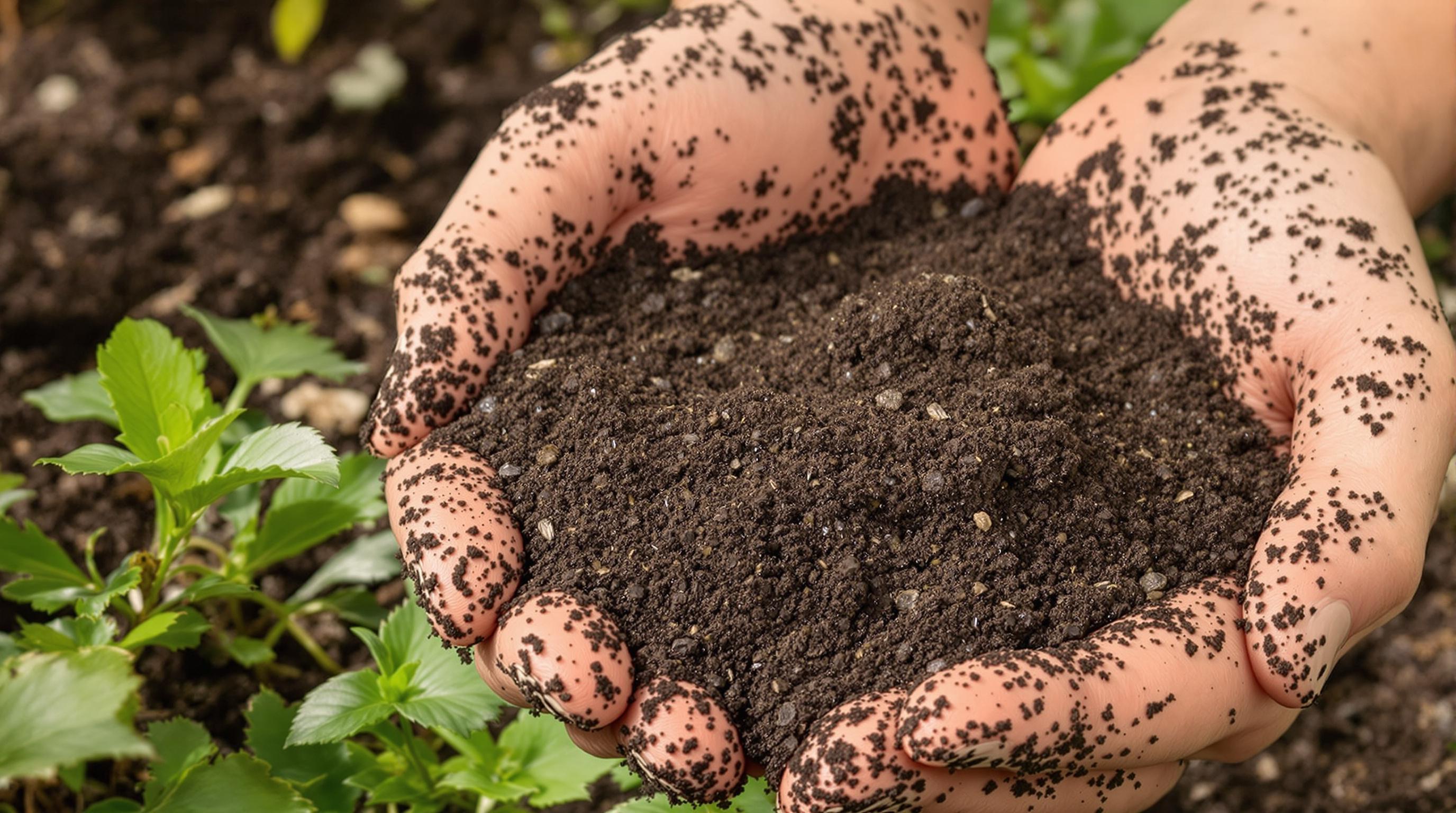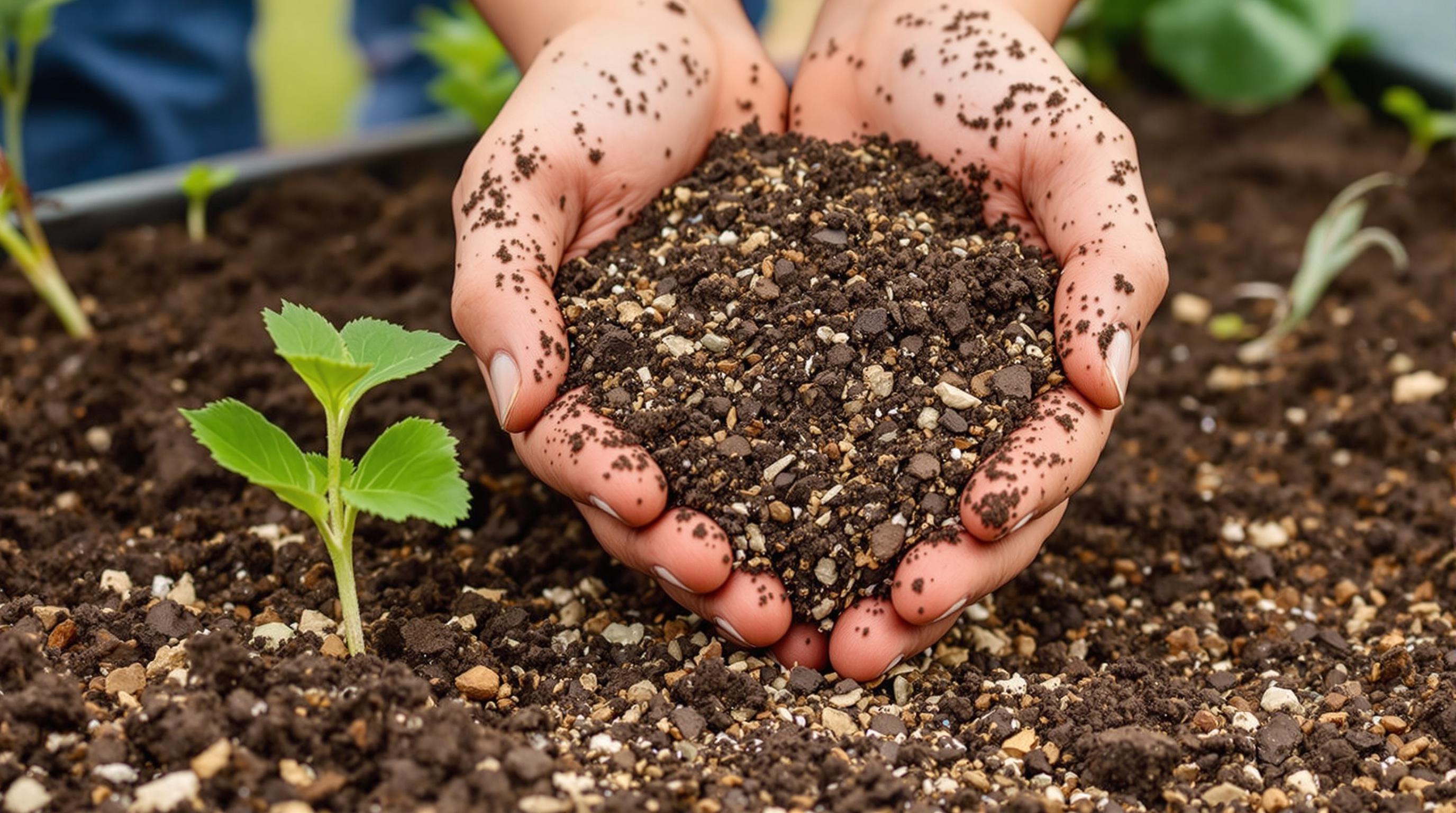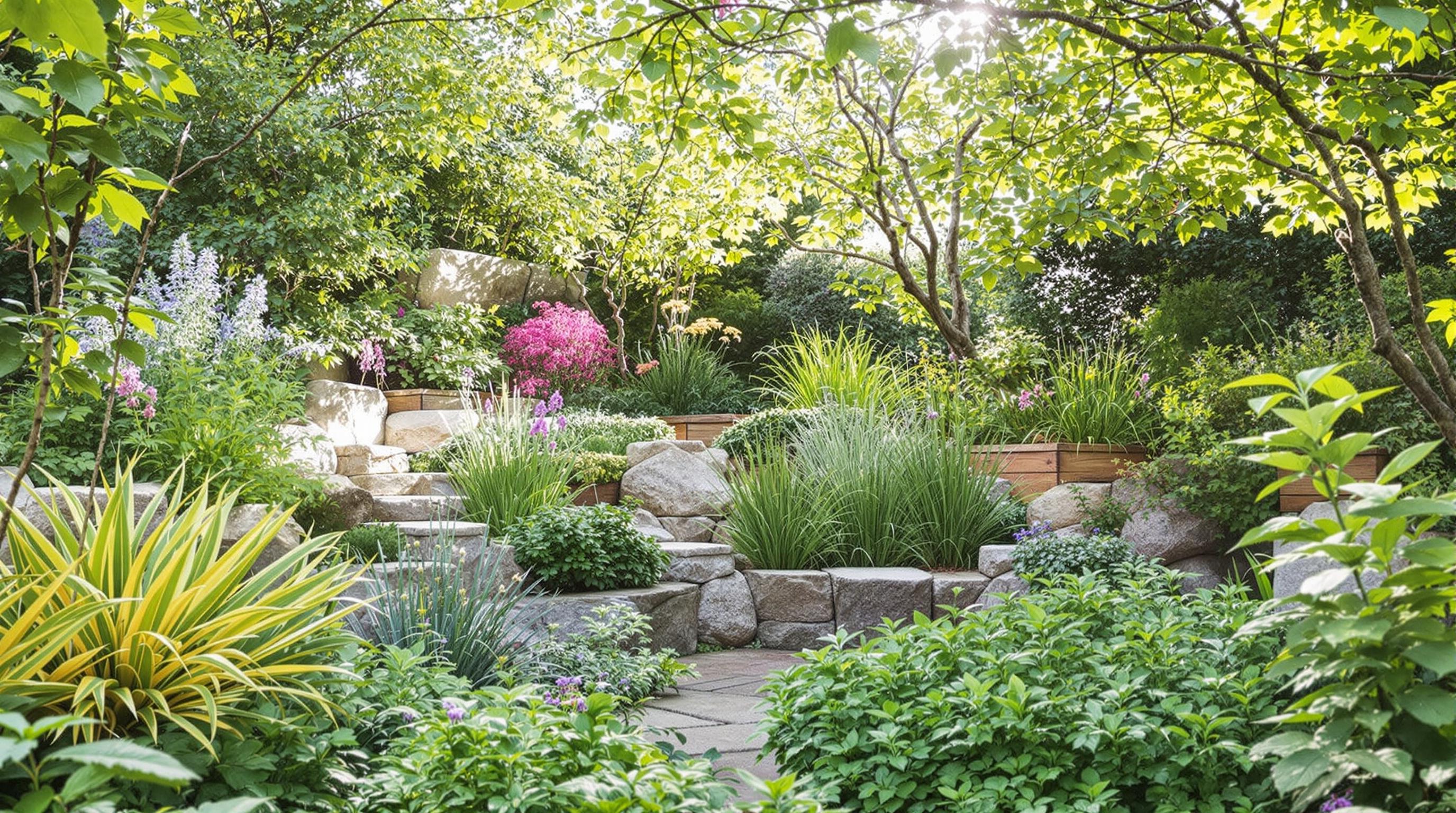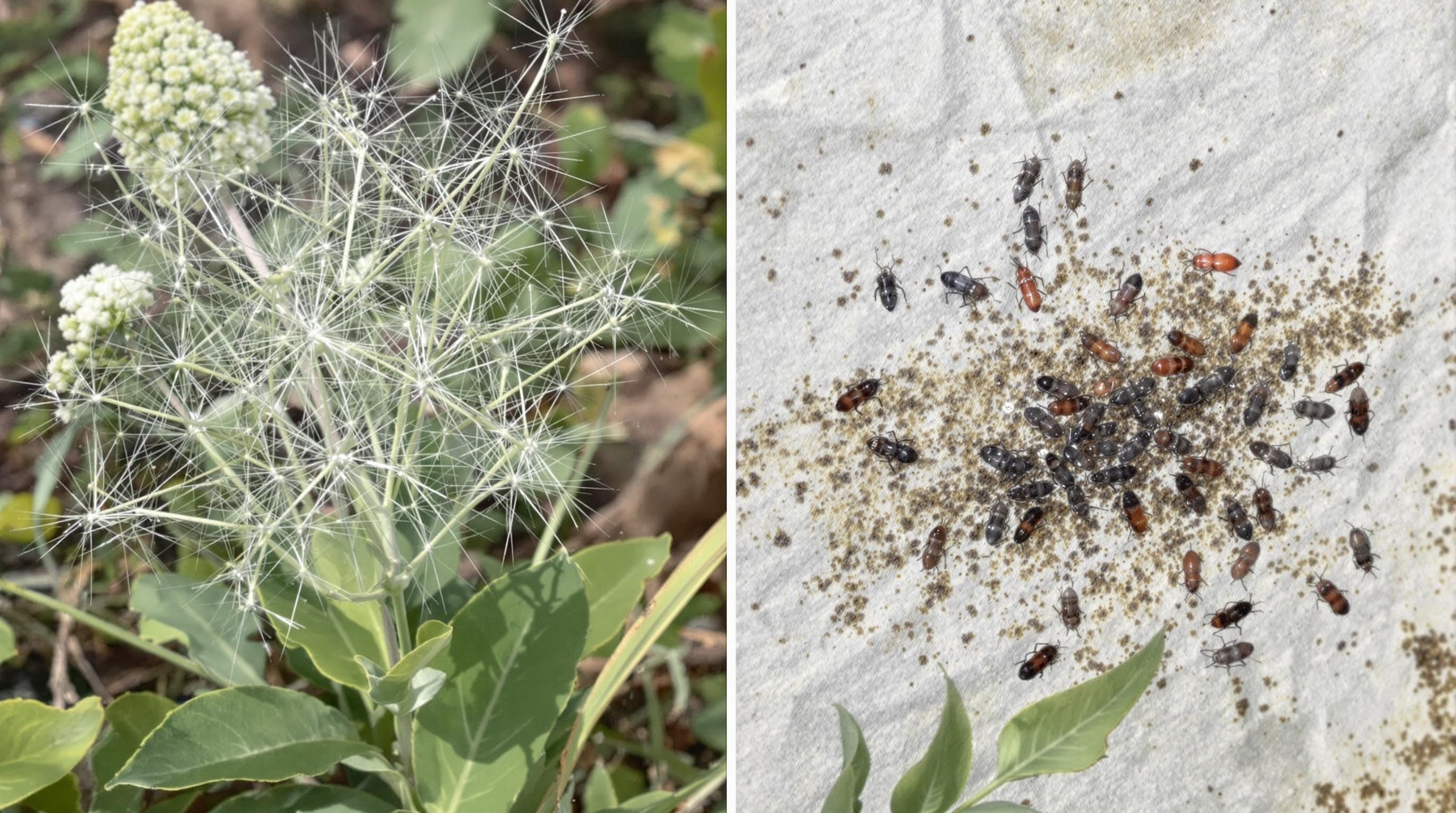Related Articles
- The Hidden Influence of Ergonomics: How Tool Design Shapes Our Physical Spaces and Daily Lives
- The Silent Influence: How Hidden Home Implements Shape Our Daily Routines and Spaces
- The Counterintuitive Role of Chaos: How Messy Tool Storage Can Lead to Unexpected Home Innovations
- Exploring the Unseen: How Audio Experiences Shape the Art of Domestic Spaces and Color Perception
- Rethinking the Mundane: How Everyday Objects are Becoming the Canvas for Modern Artistic Expression in Home Spaces
- Cultivating Chaos: The Surprising Benefits of Embracing Weeds in Your Garden Ecosystem
The Secret Life of Urban Soil: How Microorganisms Shape Our Gardens Beyond Just Plants
The Secret Life of Urban Soil: How Microorganisms Shape Our Gardens Beyond Just Plants
Urban soil is alive, teeming with microorganisms that play a crucial role in not just supporting plant life but also shaping the entire ecosystem of our gardens. Understanding these hidden heroes can elevate our gardening practices and enrich our urban landscapes.
The Microbial Underworld: Delving into Soil Composition
Have you ever wondered what’s lurking just beneath your feet in that patch of urban garden? It may not be a monster, but you'd be surprised to learn that soil is an intricate community of billions of microorganisms, including bacteria, fungi, protozoa, and nematodes. In fact, one teaspoon of healthy soil can contain up to 1 billion bacteria and 1 million fungi! This thriving microbial community isn't merely incidental; it plays a pivotal role in nutrient cycling, organic matter decomposition, and enhancing soil structure (Barnett, 2010).
An Unlikely Team: Fungi and Bacteria as Allies
Think of soil as a bustling city where different species coexist and collaborate for mutual benefit. Among the prominent players are fungi and bacteria. Fungi help break down organic matter, making nutrients available to plants while also forming mycorrhizal networks that virtually connect plant roots. This symbiotic relationship facilitates nutrient and water transport, which can increase a plant's uptake efficiency by as much as 90% (Smith & Read, 2008). Talk about teamwork!
Statistics, Science, and Soil: Let’s Get Technical
Let’s switch gears for a moment to delve into some statistics that illustrate the importance of soil microorganisms. According to various studies, soils with rich microbial diversity can improve plant productivity by up to 50% compared to less diverse soils (Huang et al., 2018). Furthermore, these microorganisms play a key role in soil health, influencing its ability to retain moisture and ward off diseases that could decimate your hard-earned gardening efforts.
Case Study: The Green Roof Revolution
Consider the innovative green roofs that have been cropping up on urban buildings. A case study from Toronto demonstrates how these living roofs significantly enhance biodiversity and improve local microclimates while also filtering air pollutants. The urban soil layers in these systems are laden with microorganisms that adapt to extreme conditions, fostering plant growth even in harsh environments and mitigating urban heat islands (Dunnett & Kingsbury, 2008).
Why Should You Care? The Persuasive Argument for Microbial Awareness
So why should urban gardeners and residents take a keener interest in soil microorganisms? First, they are pivotal for sustainable gardening practices. By nurturing the microbial community, gardeners can improve soil structure and fertility naturally, ultimately relying less on chemical fertilizers that can harm the environment and sometimes lead to soil degradation. Plus, a thriving microbial ecosystem can help fight off plant diseases, making your garden more resilient with less work (Baker, 2003).
The Humorous Side: A Microbial Neighborhood Watch
Imagine soil microorganisms as the quirky neighborhood watch of your garden. You’ve got the bacteria doing the policing—breaking down debris and keeping the peace—and the fungi acting as the friendly mail carriers, delivering nutrients to your plants. Just like in a community, if the balance is disrupted—say by over-fertilizing or overwatering—it’s like a neighborhood open house gone awry. Petty arguments break out, and you end up with unruly weeds rather than homely plants!
Engaging with Soil: From Backyard to Community Garden
As an avid gardener aged 32, I’ve experienced firsthand how enriching soil with organic matter like compost can unlock sewer-like smells (not in a good way, of course!). Adopting practices like minimal tillage and crop rotation fosters a balanced microbial community, resulting in healthier plants and a more resilient garden. Recently, I joined a local community garden where veterans taught us how to enhance soil health naturally. We learned the art and science of layering organic materials to create a thriving microbial habitat.
Back to Basics: Good Practices for Urban Gardeners
For anyone aged 16 to 70, getting back to basics in gardening can reveal joy and yield. It often involves simple but effective practices:
- Composting: Creating your own compost can enrich the soil with microbial life. Think of it as an all-you-can-eat buffet for soil microbes!
- No-Till Gardening: Avoid disturbing the soil structure; let the microorganisms do their job, which contributes to more robust plant growth.
- Cover Crops: Planting cover crops in the off-season helps maintain soil health while preventing erosion and promoting diversity.
The Cycle of Life: Urban Soil and Ecosystem Benefits
Urban soils do more than support our gardens; they play a critical role in broader ecological processes. Microorganisms aid in carbon sequestration, which can mitigate climate change by preventing excess CO2 from entering the atmosphere. According to the Global Carbon Project, soil contributes to 27% of the Earth's carbon sinks (Le Quéré et al., 2018). Healthy urban soils can improve drainage and reduce flooding, making cities more resilient to extreme weather events.
The Community Connection: Participating in Citizen Science
Engaging with soil goes beyond our individual gardens. Citizen science initiatives abound, where urban residents can contribute to monitoring soil health across various landscapes. Programs like SoilCorps bring together volunteers to test soil quality and measure biodiversity, fostering a greater connection with the environment (Freschet et al., 2012). Imagine coordinating with your neighbors for a weekend of soil sampling and learning about your local soil ecosystem! A fun and educational weekend, right?
What Lies Beneath: A Metaphor for Urban Life
Soil microorganisms can even serve as a metaphor for urban life. Just as these tiny organisms work tirelessly beneath our feet to foster growth and vibrancy in gardens, so do many members of our communities who often go unnoticed. They’re the unsung heroes—much like the diverse microbes in soil that enrich our landscapes, the people in our communities contribute silently yet significantly, creating a vibrant urban tapestry.
Final Thoughts: Cultivating Awareness in Urban Gardening
The next time you dig into your garden bed or tend to your potted plants, reflect on that bustling subsoil community. Understanding the secret life of urban soil and the microorganisms that inhabit it empowers us to garden more responsibly and sustainably. As we create healthier urban ecosystems, let's also treasure the invisible threads that connect us—from soil to plants to the very community we live in. So, as you plant, remember to thank the microorganisms working diligently below, for they are as influential as those blooming petals above!
In a world where urbanization continues unabated, recognizing the vital role of microorganisms in our gardens is not just beneficial—it’s essential. Let's keep them thriving!
References:
Baker, K. F. (2003). “Soilborne Plant Pathogens: A Major Challenge for Agriculture.” Annual Review of Phytopathology.
Barnett, J. (2010). “Microbial Effects on Soil: Understanding Soil Food Webs.” Soil Biology and Biochemistry.
Dunnett, N., & Kingsbury, N. (2008). “Planting Green Roofs and Living Walls.” Timber Press.
Freschet, G. T., et al. (2012). “Soil Organism Contribution to the Decomposition Process.” Soil Biology & Biochemistry.
Huang, Y., et al. (2018). “The influence of microbial diversity on plant productivity: A review.” Soil Biology and Biochemistry.
Le Quéré, C., et al. (2018). “Global Carbon Budget 2018.” Earth System Science Data.
Smith, S. E., & Read, D. J. (2008). “Mycorrhizal Symbiosis.” Academic Press.
